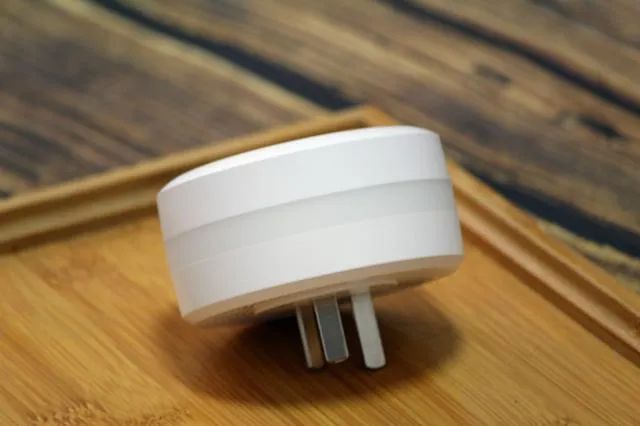In today’s world, the reign of the Internet is undeniable. Yet, it’s the Internet of Things (IoT) that truly captures the essence of interconnectedness. This interconnected web, where everything communicates, promises enhanced user experiences through smart and efficient devices. Consequently, many predict that IoT will dominate the tech landscape in the coming decade.
One such device that has ridden this IoT wave is the smart lock. As one of the standout innovations in recent years, the smart lock’s capabilities are amplified through connectivity. Features like real-time door monitoring, immediate notifications of family entries and exits, low-battery alerts, and anti-tamper alarms are all made possible through networked interactions.
Traditionally, smart locks relied on communication methods like ZigBee, Z-Wave, or Bluetooth for connectivity. However, these methods had their drawbacks. The primary challenge was their bandwidth limitation. Before a smart lock could interface with a user’s smartphone, it needed a gateway to bridge the connection between the lock and the router. Additionally, these methods lacked the bandwidth necessary for features like remote video streaming.
The emergence of the Nb-IoT network offered a different perspective. Many companies saw potential in Nb-IoT for smart lock applications. Nb-IoT, an evolution of narrowband cellular IoT, seamlessly integrates into the vast IoT ecosystem, eliminating the need for a gateway. Its standout feature? The capability to connect countless devices. A single management platform could oversee dozens, hundreds, or even thousands of smart locks. While this system found its niche in sectors like public housing and short-term rentals, it wasn’t suitable for standard residential locks. The presence of Nb-IoT in such environments was primarily due to its adaptability to operator network coverages.
Though communication methods like ZigBee and Z-wave could cater to the needs of public housing and rentals, Nb-IoT’s newer entrant advantage has propelled it to the forefront in these sectors.
However, even Nb-IoT, like its predecessors, struggles with bandwidth-intensive features. As smart locks pivot towards offering video functionalities such as remote visual communication and surveillance, only Wi-Fi seems equipped to handle such demands.
Consequently, in an era where visual smart locks are becoming commonplace, Wi-Fi direct connections are emerging as the predominant connectivity solution. As the reliance on gateway-dependent technologies like ZigBee and Z-Wave diminishes, the landscape is shifting. The reduced power consumption of Wi-Fi further cements its appeal. Thus, it’s only logical to anticipate a rise in manufacturers opting for Wi-Fi as their primary communication protocol.
Which begs the question: As Wi-Fi solidifies its position as the connectivity norm for smart locks, will gateways become a relic of the past?
Post time: Dec-27-2023





